This article was last updated on May 26, 2022
Canada: ![]() Oye! Times readers Get FREE $30 to spend on Amazon, Walmart…
Oye! Times readers Get FREE $30 to spend on Amazon, Walmart…
USA: ![]() Oye! Times readers Get FREE $30 to spend on Amazon, Walmart…
Oye! Times readers Get FREE $30 to spend on Amazon, Walmart…
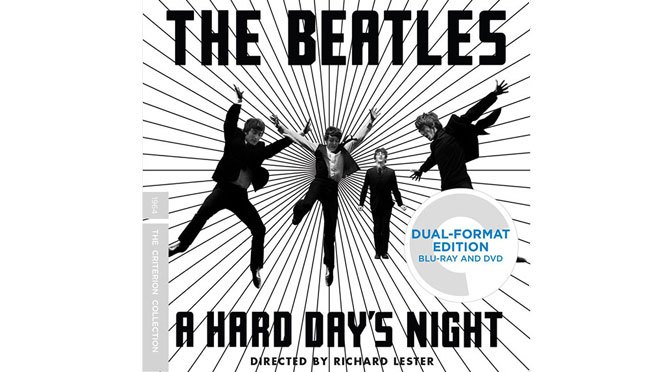
[Grant Maxwell's How Does It Feel? is one of the few books that explores the philosophy of rock and roll, why the music and lifestyle affected so many people for the past 60 years.
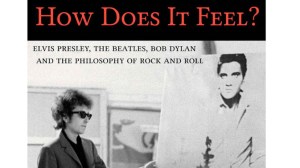 In the book Maxwell traces rock and roll as a cultural force from the source – from Elvis Presley through to the primal and lyrical revolution of The Beatles to the transfiguration of Bob Dylan. Here are a few excerpts from the book on the 50th anniversary of A Hard Day's Night.]
In the book Maxwell traces rock and roll as a cultural force from the source – from Elvis Presley through to the primal and lyrical revolution of The Beatles to the transfiguration of Bob Dylan. Here are a few excerpts from the book on the 50th anniversary of A Hard Day's Night.]
————————————————————————
By Grant Maxwell, How Does It Feel?: the Philosophy of Rock and Roll – Following the release of With the Beatles in November 1963, a large step beyond their debut album, the summer of 1964 was arguably the peak of Beatlemania, marked by the release of both the film and album A Hard Day’s Night in July of that year.
A Hard Day’s Night, music and movie
The album [A Hard Day's Night], their first containing all original compositions (and their only such album during their early, pre-Rubber Soul period) constitutes a musical and lyrical encapsulation of the integral synthesis of affective “feel” and rational “wit” that the Beatles had been developing over the previous few years.
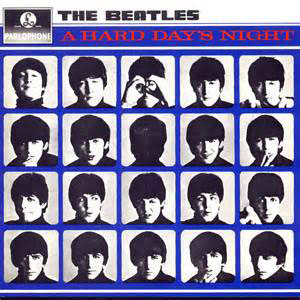
And not only were the compositions growing simultaneously in both sophistication and emotional depth, but the instrumentation was expanding the palette of rock and roll, particularly in Harrison’s use of the newly produced Rickenbacker 12-string on the kinetic title song, as well as in his use of classical guitar on “And I Love Her.”
Similarly, the film containing six of the album’s songs and a clever screenplay written by Liverpool playwright Alun Owen full of hilarious “one-liners,” puns, and malapropisms, more than anything cemented the image of the Beatles as the verbally humorous, charming lads at the eye of Beatlemania’s unprecedented affective storm.
Indeed, by this time, the storm had become one of truly international proportions, spreading as far as Asia and Australia where the Beatles had toured earlier in the year.
Drugs and experimentation
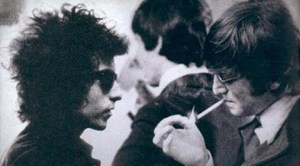
After the Beatles’ deeply influential first encounter with both Bob Dylan and cannabis in August 1964, explicated in detail in the Epilogue, the group’s newly charged spirit of experimentation was not limited to songwriting or to the instrumental arrangements of their songs.
They also began experimenting with the medium itself, the technology of recording. In particular, the feedback at the beginning of “I Feel Fine,” their “hippest single to recorded on October 18, 1964, can be described as a minor revelation that initiated a new aspect of musical production, and a new locus for the integration of technological rationality and somatic affect.
As Harrison quips in the Anthology: “We invented Jimi Hendrix” which, though quite a large overstatement, does acknowledge the debt that Hendrix’s use of feedback owed to the Beatles.
The quality of madness
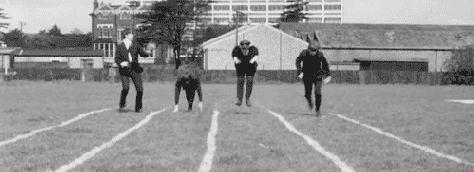
Although the Beatles could not have known it, the process of acting with physical abandon on a small stage in an unremarkable night club would drive one of the most significant performances of the culture’s vanguard, the maneuvers they learned here going on to influence millions of others profoundly.
Over time, the overt physicality of the Beatles’ style would diminish significantly as the internalized the somatic liberation that they began enacting in Hamburg.
However, this physicality sometimes emerged in full force onstage, as can be ‘in their 1965 concert at Shea Stadium when Lennon ‘ went mad,” as Starr describes it, lunging about the stage and playing the keyboard with his elbows, or ‘in the nearly slapstick” humor of their first two films, the scene in A Hard Day’s Night when they are running and tumbling through a shot above as they whirl about in chaotic geometrical patterns resembling nothing as much as a group of stylishly deranged hobbits.
Indeed the quality of “madness” appears, in many cases, to be coextensive with behavior that does not conform to the rationalized dictates of modern culture.
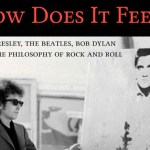 From How Does It Feel?: Elvis Presley, The Beatles, Bob Dylan, and the Philosophy of Rock and Roll by Grant Maxwell
From How Does It Feel?: Elvis Presley, The Beatles, Bob Dylan, and the Philosophy of Rock and Roll by Grant Maxwell
Follow me on Twitter at @sdpate or on Facebook at NJN Network, OyeTimes and IMA News Buzz.
By Stephen Pate, NJN Network

Be the first to comment